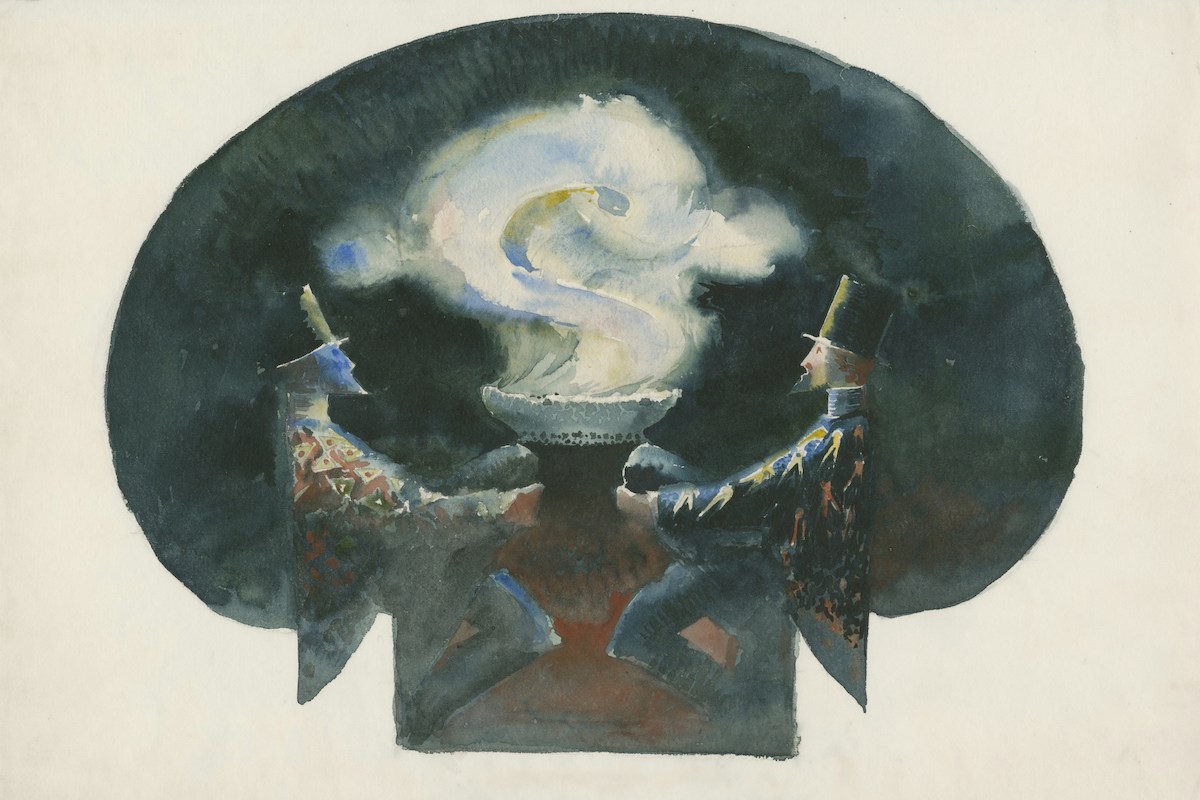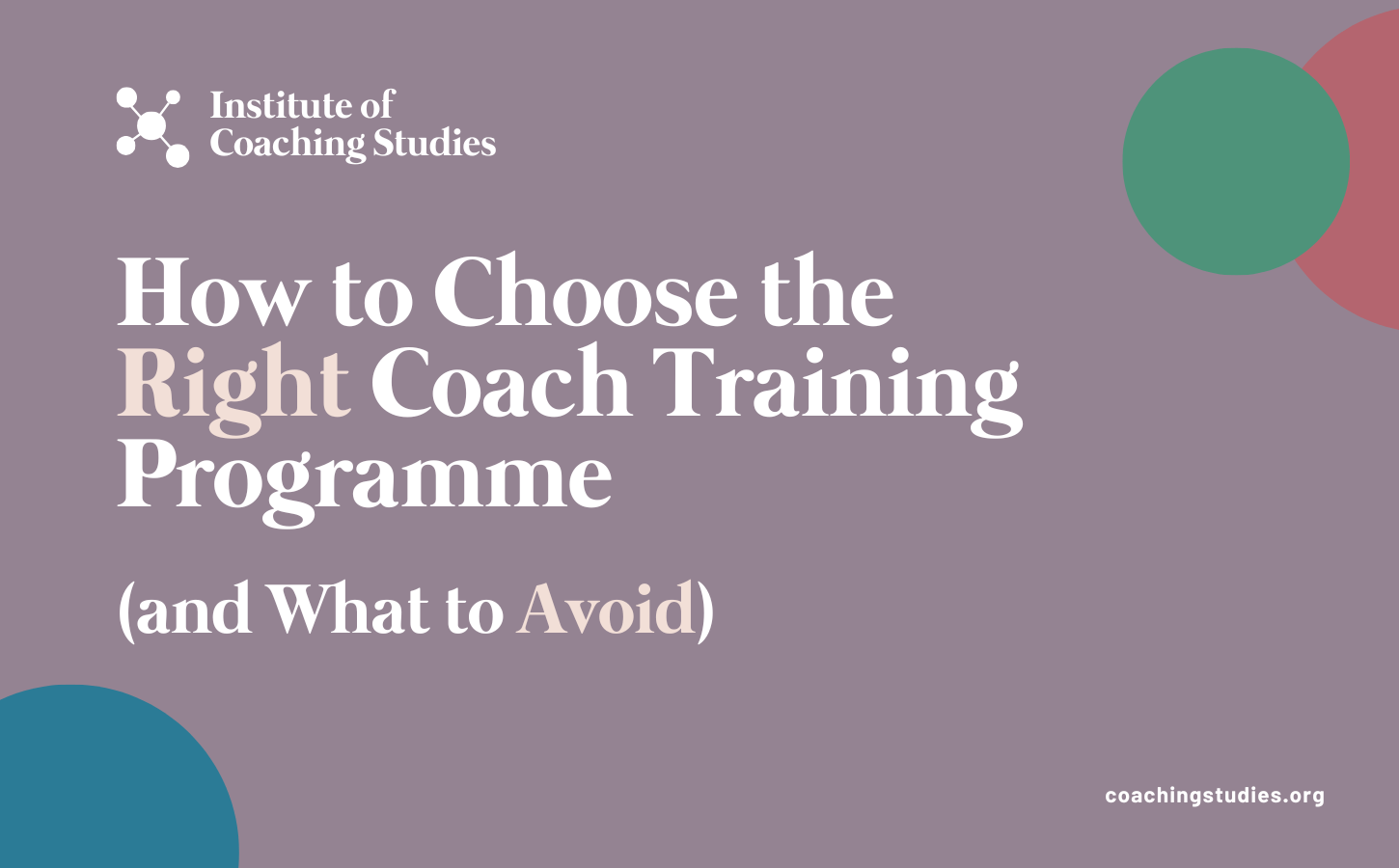Coaching is an art that requires the practitioner to balance many different things at the same time. Some coaches use the metaphor of the juggler with several balls in the air to characterise what might be happening in a session.
One of the most important things you can do for your coaching practice is to stop putting so much pressure on yourself, on your performance as a coach.
Remind yourself that you are a coach, not a mind reader. You are not supposed to have all the answers, solve problems, manufacture aha moments left and right, fix people’s life and give them meaning. That’s the client’s responsibility, not yours. Yours is to support them to do that – not through mind reading, but through coaching.
In this article, we are going to explore the shifts that need to happen for you to remain in your position of coach so you can help your clients the way you intended to.
Being okay with uncertainty
If you start your sessions already knowing how it will go, something is not right.
The first thing to get comfortable with is not knowing. Not knowing what your client will bring to the session. Not knowing what their goal will be, or how they will feel, or what the outcome will be. Uncertainty is woven into the practice of coaching, and the more at ease you are with it, the most you will make of it.
It will make you more curious about and present to what your client is going through. Your active listening will be more tuned to subtle shifts in your client’s verbal and nonverbal cues. It will make the session more powerful.
Become aware your assumptions about the client and the session before they influence what you do.
Asking instead of assuming
Assumptions are the outcome of mind reading in coaching. Here’s a non-exhaustive list of the things a coach can assume in a session:
- Assuming you already understand the client’s situation.
- Assuming the issue the client presents is the real issue.
- Assuming the client sees the problem or situation the same way you do.
- Assuming you know what the client is thinking.
- Assuming how the client feels about something.
- Assuming the client’s body language or tone means something specific.
- Assuming the client is stuck or confused just because they pause.
- Assuming a specific fear the client is experiencing.
- Assuming you know what the client wants.
- Assuming the client wants to change something.
- Assuming the client’s goal is not going to change.
- Assuming what is most important to the client.
- Assuming the client’s definition of success is similar to yours.
- Assuming the client can or can’t do something.
- Assuming the client’s past failures mean they will struggle again.
- Assuming the client’s past success means they will succeed now.
- Assuming the client needs a particular tool or technique.
- Assuming the client needs to be challenged when they may need space.
- Assuming the client needs space when they may need to be challenged.
- Assuming that because a question worked for one client, it will work for another.
- Assuming the client is uncomfortable with silence.
- Assuming silence means the client thinks you are not a good coach.
- Assuming the client understood your question the way you intended.
- Assuming the client needs reassurance.
- Assuming that your intuition is always correct.
And we could go on and on. Do you recognise anything about the assumptions you have been making in some of your sessions? The key here is to recognise these ideas and thoughts as assumptions and be curious about the client’s own perception via open-ended questions.
Not projecting your own story or knowledge
Coaches are human beings, so they will judge based on their own history, their experience, and what they think they understood from the client’s words. They may hear stories that remind them of themselves or someone they know, and it’s easy to see how someone’s else situation could apply to their client.
If you become aware of connections you are making between your client and yourself or someone else, this is an invitation for you to hold that thought and shift your focus solely on your client. Supervision is a great support that can help you unpack how your own story and what you know are potentially impacting the way you view your client and your work together.
Sharing observations without attachment
Sharing observations is an important part of the work of the coach, and it can be very easy for the coach to share them in a way that looks like mind reading instead of coaching. See the examples below:
Example #1:
Client: “I’ve been struggling to speak up in meetings. I know I have good ideas, but I just sit there and don’t say anything.”
Coach (mind reading): “You’re holding back because you’re afraid of being judged.”
Example #2:
Client: “I’ve been feeling really drained lately. Even when I have time to relax, I still don’t feel energised at all.”
Coach (mind reading): “It sounds like you’re feeling unfulfilled in your life right now.”
What do they have in common? The coach listens to the client, then shares an observation without asking permission, framing it as their own perception (as opposed to the truth) and without invite the client to respond to it. This is what being attached looks like. Instead, you can ask a question about what the client says. If you feel like sharing what you sensed, do it in a way that lets the client decide what to make of it:
- You start by asking permission: “Can I share something I’m perceiving? You can let me know if it’s not quite right.”
- You share the observation.
- Then you ask: “What do you think of what I just shared?” / “Does it resonate with you?”
Here are the same examples where the coach doesn’t read the client’s mind:
Example #1:
Client: “I’ve been struggling to speak up in meetings. I know I have good ideas, but I just sit there and don’t say anything.”
Coach (coaching): “How do you feel in those moments where you just sit there and don’t say anything?”
Example #2:
Client: “I’ve been feeling really drained lately. Even when I have time to relax, I still don’t feel energised at all.”
Coach (coaching): “What does ‘relax’ look like for you right now?”
Letting go of the need to be right
You don’t need to be right when your sole focus is being present to your client’s experience. If you do less leading and more following, you stay curious and you demonstrate the mindset that many coaches share: “my client knows best.” When a coach isn’t focused on their own interpretation, the client has more room to discover their own insights and find their own meaning.
Dropping the need to be right, to fix clients, to rescue them, is going to be liberating for any coach who carries the weight of the success of their sessions. Be there as a mere support and a facilitator while your client does the hard work.
LET'S STAY IN TOUCH
If you want to hear from us about all things coaching and not miss any new articles, sign up below 👇
Thank you!
We hope you like the content we will share.
Photo by The New York Public Library on Unsplash




